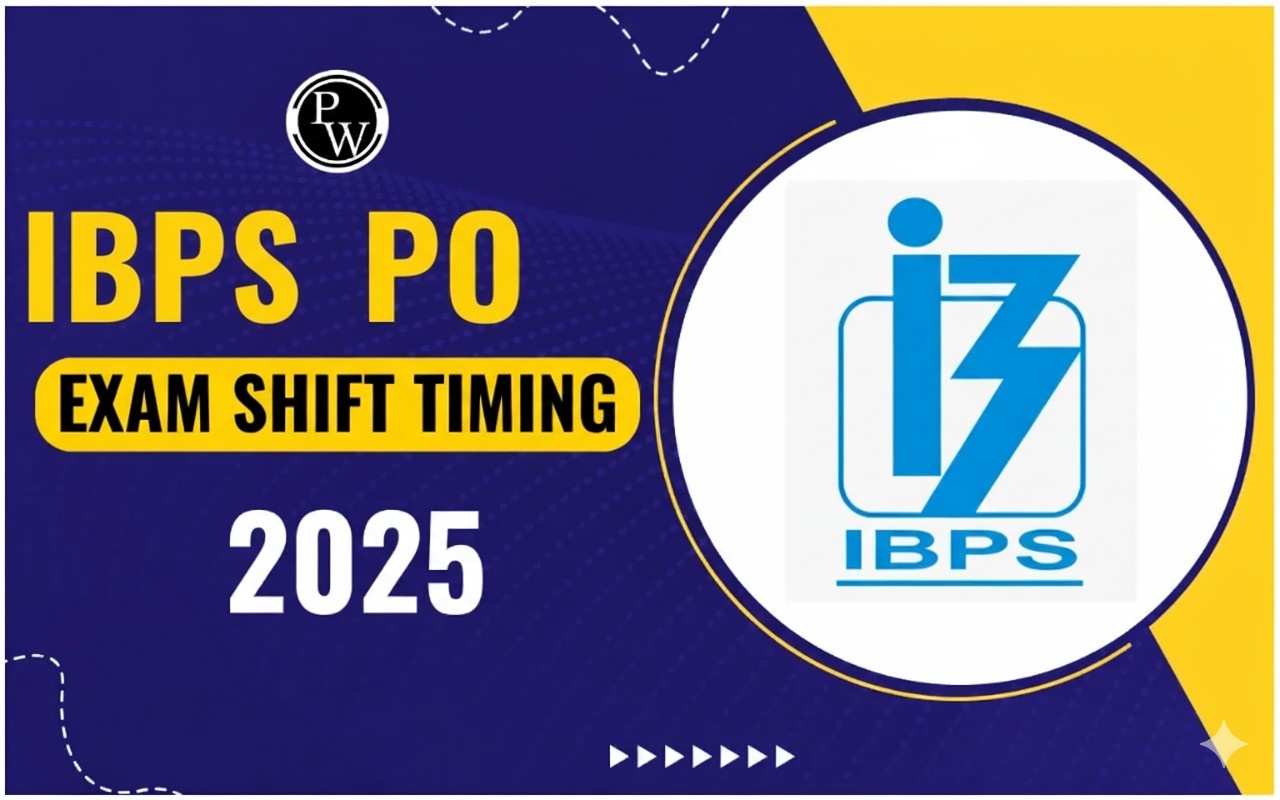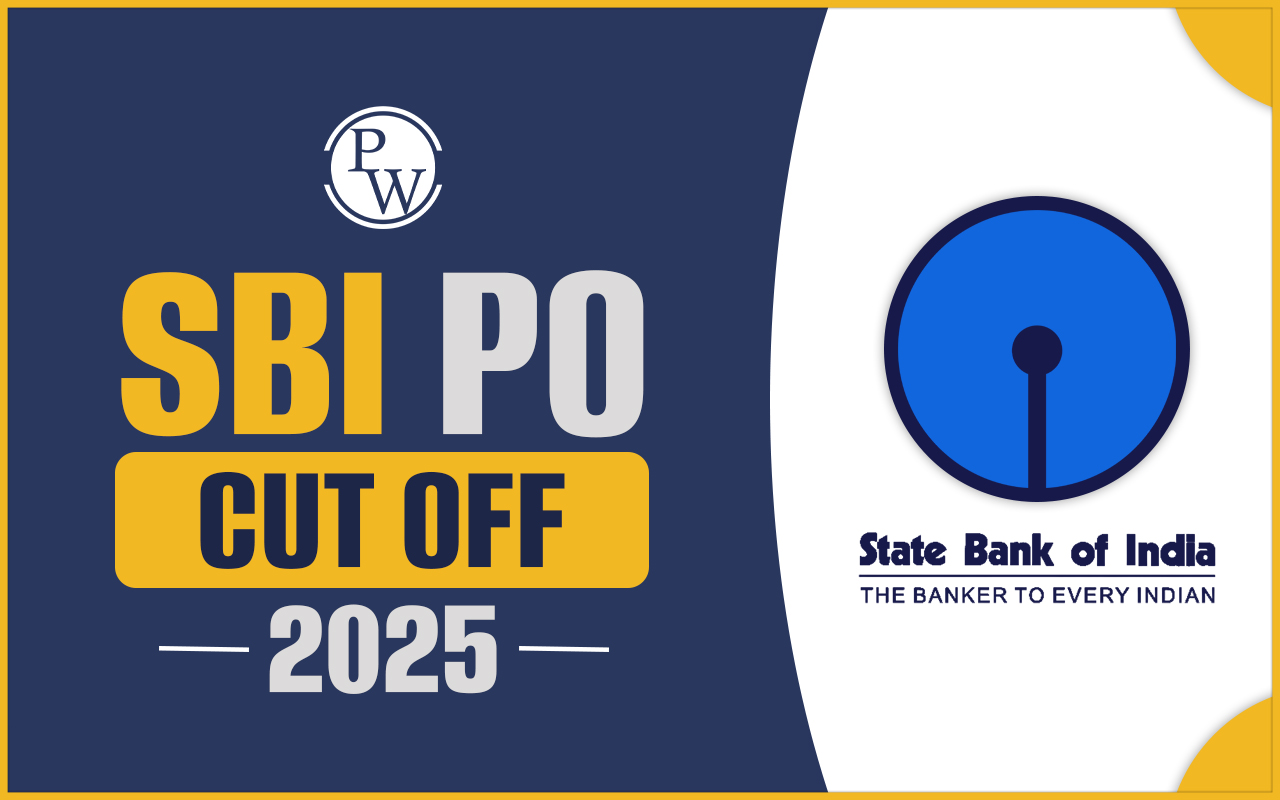
Public Sector Banks
Public Sector Banks: Government Banks, or Public Sector Banks (PSBs), represent financial institutions where the government holds a majority stake exceeding 50%. These banks operate within financial guidelines set by the government, instilling confidence in depositors regarding the security of their funds. The largest among them, the State Bank of India (SBI), exemplifies a commitment to public welfare by providing customer-centric services at comparatively lower service charges than private banks. Furthermore, these nationalized banks play a pivotal role in generating substantial profits.
India's Largest Public Sector Bank: State Bank of India
The State Bank of India, the country's biggest public sector bank, plays a crucial role in working for the public's interest. It introduces beneficial schemes for customers and charges lower fees than private banks, earning substantial profits while serving the public.
Also Read: Public Sector Banks Privatization
Nationalization of Banks
Nationalized or public sector banks are those where the government holds a majority of shares, primarily aiming to serve public interests. The nationalization process began in 1955 with the Imperial Bank of India, later renamed the State Bank of India.
In 1969, the government further nationalized 14 banks, leading to significant growth in the public sector banking sector during the late 20th century. However, political changes in the early 21st century posed challenges, resulting in substantial losses for these banks.
Despite facing challenges, public sector banks rebounded in 2002-03, returning to a growth track and reporting a profit of ₹7780 crores. To enhance efficiency and profitability, the Indian government merged ten public sector banks into four, ensuring a streamlined and optimized functioning. The State Bank of India continues to stand out as one of the largest banks in India and globally.
Public Sector Banks India List
Here is a list of 12 public sector banks in India, along with their headquarters and establishment years.
| S. No. | Bank Name | Headquarter | Establishment Year |
|---|---|---|---|
| 1 | Bank of Baroda | Vadodara, Gujarat | 1908 |
| 2 | Bank of India | Mumbai, Maharashtra | 1906 |
| 3 | Bank of Maharashtra | Pune, Maharashtra | 1935 |
| 4 | Central Bank of India | Uttar Pradesh | 1911 |
| 5 | Canara Bank | Bengaluru, Karnataka | 1906 |
| 6 | Indian Bank | Chennai, Tamil Nadu | 1907 |
| 7 | Indian Overseas Bank | Chennai, Tamil Nadu | 1937 |
| 8 | Punjab National Bank | New Delhi, Delhi | 1894 |
| 9 | Punjab and Sind Bank | New Delhi, Delhi | 1908 |
| 10 | State Bank of India | Mumbai, Maharashtra | 1955 |
| 11 | Union Bank of India | Mumbai, Maharashtra | 1919 |
| 12 | UCO Bank | Kolkata, West Bengal | 1943 |
Public Sector Banks vs Private Sector Banks
Here are the major differences between public sector banks and private sector banks given below in the table.
| S. No. | Public Sector Banks | Private Sector Banks |
|---|---|---|
| 1 | Government-owned banks | Owned by private parties |
| 2 | Work for public interest through welfare schemes | Work to generate revenue and maximize profit |
| 3 | Charges are lower than private banks | Higher charges on loans compared to public banks |
| 4 | Some public banks have no daily transfer limits | Private banks may have limits on daily transfers |
| 5 | Directors may be appointed by the government | Independent and empowered boards |
Largest Public Sector Banks in India
1. State Bank of India (SBI):
- Tagline: Pure Banking, Nothing Else
- Government Share Holding: 57.59%
- Establishment Year: 1955
- Headquarters: Mumbai, Maharashtra
2. Punjab National Bank (PNB):
- Tagline: The Name You Can Bank Upon
- Government Share Holding: 73.15%
- Establishment Year: 1894
- Headquarters: New Delhi, Delhi
3. Bank of Baroda (BOB):
- Tagline: India’s International Bank
- Government Share Holding: 63.97%
- Establishment Year: 1908
- Headquarters: Vadodara, Gujarat
4. Bank of India (BOI)
- Tagline: Relationship Beyond Banking
- Government Share Holding: 81.41%
- Establishment Year: 1906
- Headquarters: Mumbai, Maharashtra
5. Bank of Maharashtra
- Tagline: Ek Parivar, EK Bank (One Family, One Bank)
- Government Share Holding: 90.90%
- Establishment Year: 1935
- Headquarters: Pune, Maharashtra
6. Union Bank of India
- Tagline: Good People to Bank with
- Government Share Holding: 83.49%
- Establishment Year: 1919
- Headquarters: Mumbai, Maharashtra
7. Canara Bank
- Tagline: Together We Can
- Government Share Holding: 62.93%
- Establishment Year: 1906
- Headquarters: Bengaluru, Karnataka
8. Central Bank of India
- Tagline: Central to You Since 1911, Build a Better Life around us
- Government Share Holding: 93.08%
- Establishment Year: 1911
- Headquarters: Mumbai, Maharashtra
9. Indian Bank
- Tagline: Your Own Bank, Banking That’s Twice As Good
- Government Share Holding: 79.86%
- Establishment Year: 1907
- Headquarters: Chennai, Tamil Nadu
10. Indian Overseas Bank
- Tagline: Good People To Grow With
- Government Share Holding: 96.38%
- Establishment Year: 1937
- Headquarters: Chennai, Tamil Nadu
11. Punjab and Sindh Bank
- Tagline: Where Service is a Way of Life
- Government Share Holding: 98.25%
- Establishment Year: 1908
- Headquarters: New Delhi
12. UCO Bank
- Tagline: Honors your Trust
- Government Share Holding: 95.39%
- Establishment Year: 1943
- Headquarters: Kolkata, WB
Largest Public Sector Banks
First Largest - State Bank of India (SBI)
State Bank of India (SBI), headquartered in Mumbai, stands as a multinational public sector bank. Ranking 48th globally in total assets, SBI holds a substantial market share, with 23% in assets and 25% in loans and deposits. Boasting a workforce of nearly 250,000 employees, SBI achieved a landmark Rs.5-trillion market capitalization in 2022, solidifying its position among India's premier financial institutions.
Second Largest - Punjab National Bank (PNB)
Punjab National Bank (PNB), headquartered in New Delhi, is the second-largest public sector bank in India. With a rich history dating back to 1894, PNB serves 180 million customers through an extensive network of branches and ATMs. Beyond India, PNB has established its presence internationally, reflecting its commitment to global financial services.
Third Largest - Bank of Baroda (BOB)
Bank of Baroda (BOB), based in Vadodara, Gujarat, holds the position of the third-largest public sector bank in India. Established in 1908, BOB operates globally with a business volume of $218 billion, affirming its status as a profit-making PSU.
Public Sector Banks History
Nationalization of Imperial Bank of India (1955)
In 1955, the Central Government entered the banking sector by nationalizing the Imperial Bank of India. The Reserve Bank of India acquired a 60% stake, leading to the formation of the State Bank of India. Subsequently, the seven other state banks became subsidiaries of the State Bank of India in 1959 through the State Bank of India (Subsidiary Banks) Act, 1959.
Further Nationalization (1969)
On July 19, 1969, the Indira government extended its intervention by nationalizing an additional 14 major banks. This move significantly increased the government's control over the banking sector, with 84% of total branches falling under nationalized banks.
Public Sector Banks Before Economic Liberalization
Growth of Public Sector Banks (1980s-1991)
Throughout the 1980s, the share of the banking sector held by public banks continued to expand. By 1991, public sector banks accounted for a substantial 90% of the banking sector. In March 1992, public sector banks collectively operated 60,646 branches across India, with deposits totaling ₹1,10,000 crore. Most of these banks were profitable, with only one out of the 21 public sector banks reporting a loss.
Liberalization in the 2000s
Reversal of Trends (Early 2000s)
Despite reporting a combined loss of ₹1160 crores in the early 2000s, public sector banks experienced a reversal of fortune. In 2002-03, they collectively reported a profit of ₹7780 crores, marking a positive trend that continued throughout the decade, reaching ₹16856 crore in profit by 2008–2009.
Public Sector Banks Mergers
Consolidation of SBI-Associated Banks (2008-2017)
The consolidation of State Bank of India (SBI) -associated banks began with the merger of its subsidiary, State Bank of Saurashtra, in 2008. This process continued with the merger of State Bank of Indore in 2010. Subsequently, on April 1, 2017, the remaining subsidiaries, including State Bank of Bikaner & Jaipur, State Bank of Hyderabad, State Bank of Mysore, State Bank of Patiala, State Bank of Travancore, and Bharatiya Mahila Bank, were merged with State Bank of India.
Other Mergers (2018-2020)
- Vijaya Bank and Dena Bank were merged into Bank of Baroda in 2018.
- IDBI Bank was categorized as a private bank in January 2019.
- Further consolidation was announced in August 2019, with mergers taking effect from April 1, 2020.
- Allahabad Bank was merged into Indian Bank.
- Oriental Bank of Commerce and United Bank of India were merged into Punjab National Bank.
- Andhra Bank and Corporation Bank were merged into Union Bank of India.
- Syndicate Bank was merged into Canara Bank.
Public Sector Banks Types
In our country, various types of banks exist, each with distinct responsibilities and functions.
1. Central Bank
The central bank holds a pivotal role in the country's financial system, regulating and overseeing the monetary policy.
2. Cooperative Banks
Cooperative banks operate on a cooperative basis, with members as both customers and owners, fostering community-oriented financial services.
3. Commercial Banks
Commercial banks are a significant part of the public sector, providing a wide range of financial services to individuals and businesses.
4. Regional Rural Banks (RRB)
RRBs focus on rural development by offering banking services in remote and agricultural areas.
5. Local Area Banks (LAB)
LABs are banks with a localized focus, catering to the financial needs of specific regions or communities.
6. Specialized Banks
Specialized banks are tailored to cater to specific sectors or purposes, such as industrial development or export financing.
7. Small Finance Banks
Small Finance Banks are designed to provide financial services to the unserved and underserved sections of the population, fostering inclusive growth.
8. Payments Banks
Payments banks primarily focus on providing digital and transactional services, aiming to enhance the efficiency of financial transactions.
Contributions of Other Public Sector Banks
- Bank of India (BOI): Established in 1906, BOI plays a vital role in India's banking landscape, offering cost-effective financial processing and communication services since its nationalization in 1969.
- Bank of Maharashtra: With 2,263 branches, Bank of Maharashtra stands out with the most extensive branch network among nationalized banks in Maharashtra. It demonstrated remarkable growth in loan and deposit percentages, along with a notable 126% increase in profitability.
- Union Bank of India (UBI): Following a merger with Cooperation Bank and Andhra Bank in 2020, UBI boasts a network of 8,700+ branches and operates internationally. It emphasizes delivering dependable banking services to support economic growth.
- Canara Bank: Founded in 1906, Canara Bank operates globally, with offices in London, Dubai, and New York, contributing significantly to India's banking sector.
- Central Bank of India: Established in 1911, Central Bank of India, with its headquarters in Mumbai, has played a central role in the nation’s banking history, contributing to the country’s economic growth and development.
- Indian Bank: A prominent public sector bank established in 1907, Indian Bank is recognized for its significant customer base, extensive branches, and a total business exceeding Rs.1,094,752 crore.
- Indian Overseas Bank (IOB): Specializing in foreign exchange and overseas banking, IOB, headquartered in Chennai, received accolades like the Degidhan Award for its contributions.
- Punjab and Sindh Bank: Predominantly serving northern India, Punjab and Sindh Bank, established in 1908, is known for providing diverse financial services aligned with the cultural and economic diversity of the region.
- UCO Bank: Founded in 1943, UCO Bank, headquartered in Kolkata, West Bengal, is esteemed for maintaining customer trust and contributing to economic growth and prosperity.
Public Sector Banks Challenges
Financial Loss in Rural Branches
Public sector banks face challenges in rural branches, where financial losses occur. Despite opening branches in both urban and rural areas for public interest, many rural branches experience losses, contrasting with the positive growth rate in densely populated urban regions.
High Overdue Amount
The government's loan waivers for farmers and backward sectors, aimed at supporting these segments, contribute to a significant overdue amount for public sector banks. These high overdue amounts present financial challenges for these banks.
Competition from Private Banks
Private sector banks, equipped with advanced infrastructure and superior customer service, pose a challenge as customers are drawn to these alternatives, impacting the market share of public sector banks.
Conventional Banking Methods
Many public sector banks adhere to traditional banking methods, which may make them less appealing to the younger, tech-savvy generation seeking more modern and streamlined banking experiences.
Non-Performing Assets (NPAs)
Public sector banks grapple with the issue of Non-Performing Assets (NPAs), with low asset growth and high loan write-offs affecting their overall profitability.
Public sector banks, where the government holds the majority of shares, receive consistent backing for growth. The government's security assurance and comparatively lower charges attract people nationwide to invest or seek loans from public sector banks. Despite challenges, these banks play a vital role in the country's financial landscape.
What are the 12 government banks in India?
What are public sector banks?
How many public sector banks are in India?
What are the 14 government banks?
Which is India's No 1 public sector bank?










